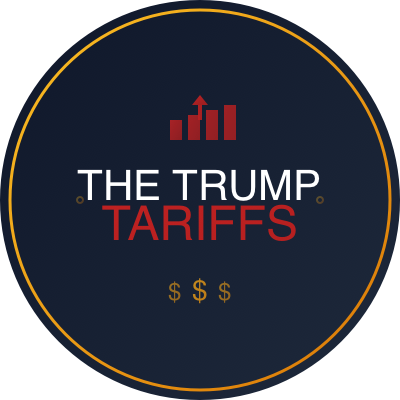NextFin news, Indian restaurants throughout New York City are currently confronting formidable challenges following President Donald Trump’s tariff hike effective August 27, 2025, which doubled tariffs on most Indian exports to 50%. This policy move has sharply increased the import prices of essential culinary ingredients, creating operational pressures on restaurant owners in a competitive metropolitan market. Notable restaurateurs, such as Chef Salil Mehta of Kebab aur Sharab and Chef Albin Vincent of Lungi, report ingredient cost surges ranging from 25% to over 50%, leading to strategic price increases on key menu items like basmati rice and chili powder, while still contending with tight profit margins. New market entrants, exemplified by Maneesh Goyal of Passerine, face even steeper cost escalations, with imported essentials like daal and ghee seeing price hikes as high as 46%, threatening their ability to maintain competitive pricing.
These developments stem from President Trump’s broader trade policy aimed at bolstering domestic manufacturing and recalibrating trade deficits, but the resultant 50% tariffs on Indian exports have particularly impacted food supply chains reliant on specialized Indian spices and staples. Restaurants, many of which have recently experienced surge in patronage from Wall Street professionals, now grapple with the dilemma of passing increased costs onto price-sensitive customers or absorbing margin losses. For instance, Chef Vincent expressed concerns over elevated ingredient costs potentially driving away clientele for popular dishes still priced under $28, highlighting the elasticity challenges in this segment.
The ripple effect extends beyond restaurants to snack manufacturers and food suppliers. Entrepreneurs such as Kartik Das of Doosra and Keya Wingfield of Keya’s Snacks report supply chain disruptions, increased freight costs, and inventory shortages forcing consideration of domestic sourcing alternatives amid tariff uncertainties. The compounded effect on labor, supply logistics, and ingredients supply chains raises broader concerns about inflationary pressures within the niche ethnic food sector in New York.
From a macroeconomic perspective, the tariff-induced cost increases highlight the vulnerability of niche import-dependent gastronomic sectors in an environment of escalating trade protectionism. Indian restaurants in particular depend heavily on imported agricultural inputs like basmati rice, ghee, and specific spice blends which lack close domestic substitutes. The doubling of tariffs, thus, has relatively inelastic cost inputs that lead directly to margin compressions or consumer price hikes. These dynamics coincide with a broader inflationary environment in 2025, tightening consumer discretionary spending, especially on ethnic and dining-out experiences typically perceived as more price-sensitive.
Analyzing the operational responses reveals a cautious balancing act. While some restaurateurs have incrementally increased entrée prices by approximately $5, they face a ceiling beyond which customer loss risk intensifies. Newcomers, with less pricing flexibility and lower brand loyalty, are particularly exposed to these shocks, potentially limiting sectoral growth or encouraging business model adaptations such as ingredient localization or menu innovation to reduce dependency on tariff-impacted imports.
Going forward, the tariffs present a critical test of supply chain resilience and pricing strategies within the ethnic food market. Restaurant operators may accelerate diversification of suppliers, invest in domestic sourcing research, or pursue value engineering of menus to sustain profitability. Concurrently, depending on political and trade policy shifts under President Trump's administration, potential tariff adjustments or trade negotiations could alter cost structures. The extended influence of these tariffs also poses challenges for immigrant-led small businesses integral to New York’s culinary diversity and employment landscape.
In sum, Indian restaurants in New York are navigating an increasingly complex trade environment where high import tariffs elevate operating costs substantially. While short-term impacts manifest as price hikes and margin pressures, the medium to long-term outcomes will depend on businesses' adaptive capabilities and potential policy recalibrations. According to Observer Voice, this ongoing situation epitomizes the 'survival of the fittest,' emphasizing resilience, innovation, and strategic pricing as critical success factors under the current trade regime.
Explore more exclusive insights at nextfin.ai.

